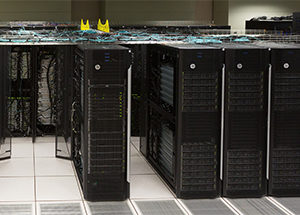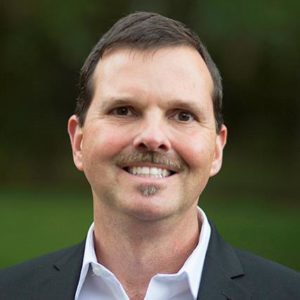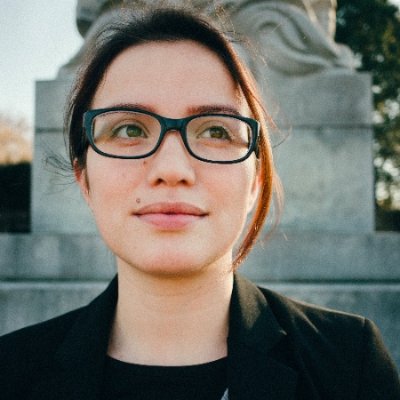 In this video from the HPC User Forum in Milwaukee, Nick Nystrom and Paola Buitrago from PSC present: AI Breakthroughs and Initiatives at the Pittsburgh Supercomputing Center. PSC, a joint effort of Carnegie Mellon University and the University of Pittsburgh, has hosted 19 world-class supercomputers in the 31 years of its operations.
In this video from the HPC User Forum in Milwaukee, Nick Nystrom and Paola Buitrago from PSC present: AI Breakthroughs and Initiatives at the Pittsburgh Supercomputing Center. PSC, a joint effort of Carnegie Mellon University and the University of Pittsburgh, has hosted 19 world-class supercomputers in the 31 years of its operations.
From the ground up, PSC designed the Bridges supercomputer at PSC to be easy to use by researchers who need the power of high-performance computing and “just want to do their work.” For example, web applications (“gateways”) allow people to solve problems without any programming or HPC expertise, effectively delivering HPC-as-a-Service. Bridges offers the possibility for experts in fields that never before used supercomputers to tackle problems in Big Data and answer questions based on information that no human would live long enough to study by reading it directly.
Recent developments include:
- Researchers at Carnegie Mellon University are applying Bridges to understand the economics of including battery storage in the nation’s electricity grid, offering guidance on how to make the grid more efficient and even out energy- and money-wasting periods of peak and low usage.
- University of Pittsburgh physician-scientists and Carnegie Mellon philosophers are employing Bridges to tease apart which factors actually cause cancer, lung disease and brain function, drawing on genomic, imaging, and other Big Data.
- Scientists at Marshall University in West Virginia are using Bridges to assemble and study the DNA sequences of the endangered Sumatran rhinoceros and the Narcissus flycatcher—two species whose evolutionary histories promise hints as to how species respond to environmental changes, and how they can survive such changes.
- Scientists associated with the University of Wisconsin’s IceCube South Pole Neutrino Observatory are using Bridges to simulate the observatory’s likely behavior when it detects neutrinos—elusive particles that offer cues to basic laws of physics and the origin of the Universe.
- University of Illinois social scientists are leveraging Bridges’ power to search hundreds of thousands of historical documents for clues to the history and life experiences of Black women in the U.S. from the 1700s onward.
Bridges is a “heterogeneous” system: It contains different components that are optimal for performing different types of computation. Thanks to software written at PSC and Intel’s new Omni-Path Architecture, scientists can apply different parts of the supercomputer to different portions of their computational problems, allowing productive reuse of existing applications and accelerating results.

Nick Nystrom, Interim Director of PSC
Nick Nystrom is interim director of the Pittsburgh Supercomputing Center. A research physicist, Nystrom joined PSC in 1992. For the past year he has led the center’s scientific research teams, including the User Support for Scientific Applications, Biomedical and Public Health Applications groups, as well as a core team targeting converged high-performance computing and big data production resources and strategic applications. Since joining PSC, Nystrom has developed massively scalable applications and conducted research in areas highly relevant to the work of the center, including quantum chemistry, software and performance engineering and many others. He has been instrumental in computer architecture initiatives, including leading the team that developed Bridges, a new kind of supercomputer that brings high-performance computing together with artificial intelligence and big data. Nystrom has also been a key player in the development of new collaborations within our universities and across academia, industry and government.

Paola Buitrago is a Systems and Computing Engineer Specializing in HPDA, AI, and Big Data at the Pittsburgh Supercomputing Center
Paola Buitrago is a Systems and Computing Engineer Specializing in HPDA, AI, and Big Data at the Pittsburgh Supercomputing Center. She was previously an systems engineer at Fermilab, where she worked on the design and implementation of system to perform real time monitoring of highly distributed systems with over 100,000 cores.
See more talks in the in HPC User Forum Video Gallery
Check out our insideHPC Events Calendar




